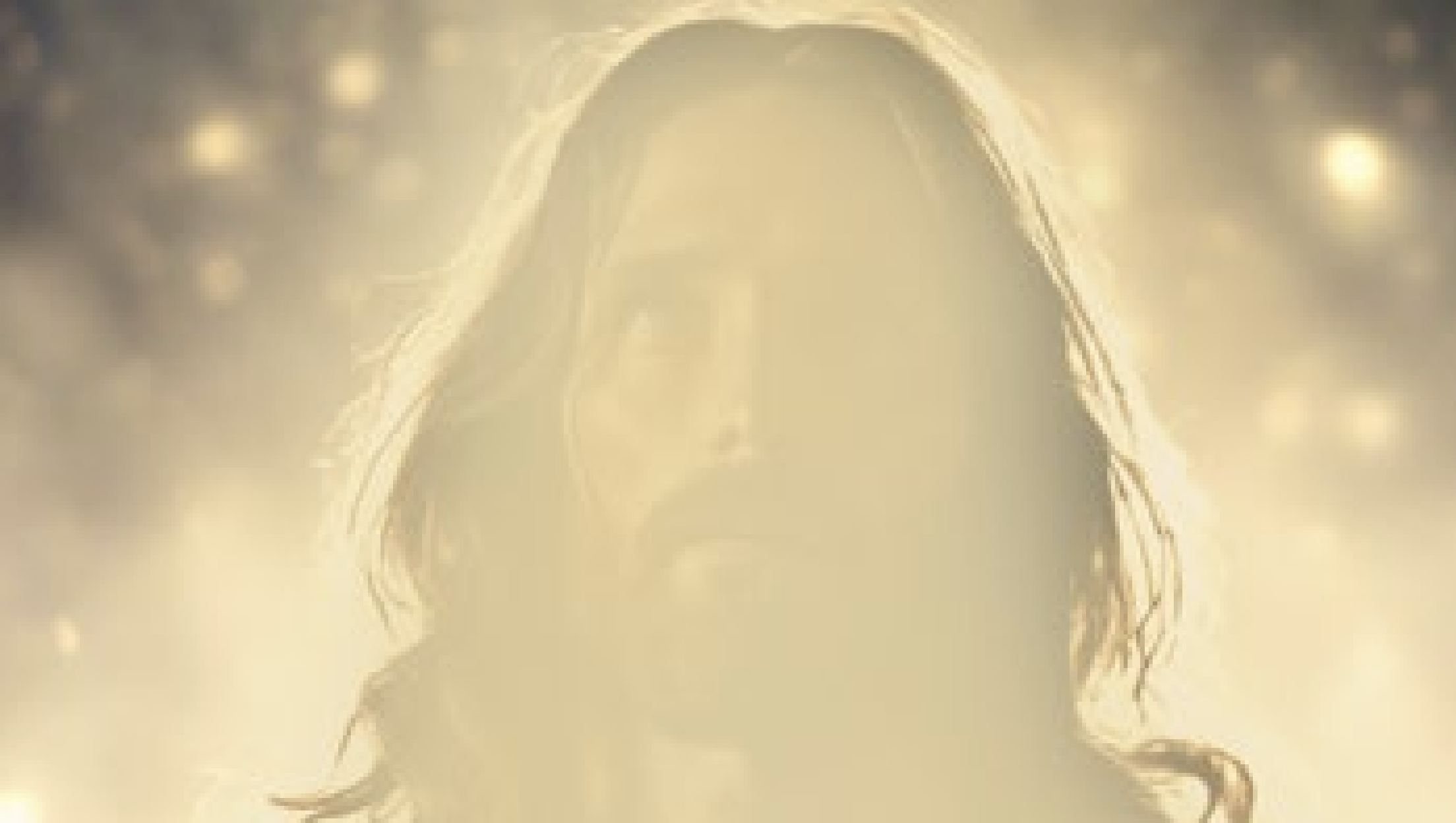Few artifacts capture the imagination like the Shroud of Turin.
This ancient linen, imprinted with the image of a crucified man, continues to raise big questions, both about its authenticity and the profound story it might be telling about Jesus.
The Paschal Mystery: From Death to Life
At the heart of Christianity lies the Paschal Mystery: the Passion, Death, and Resurrection of Jesus. It’s a story of sacrificial love, suffering, and ultimate triumph over death.
For many, the Shroud offers a tangible link to this story. The man on the cloth has wounds from scourging, a crown of thorns, and a pierced side. These details align with the Gospel accounts of Jesus’s Passion.
Mirror of the Gospel
The Shroud of Turin brings faith and reason into conversation. This dialogue isn’t new. Throughout history, people have harmonized spiritual belief with intellectual inquiry. Pope John Paul II referred to the Shroud as “a mirror of the Gospel,” because of the way it parallels the Gospel accounts of the Paschal Mystery, encouraging both reverence and scientific examination.
How Do You Respond to the Mystery?
Whether you see the Shroud as a sacred icon, an historical artifact, or an artistic masterpiece, it invites a personal response. The Shroud invites us to confront the reality of suffering and the hope for renewal—themes that transcend cultures and beliefs.
If the Shroud is a witness to the Resurrection, as many Christians believe, then it reveals the power of divine love overcoming death. But even if it’s only a historical artifact, it still tells a powerful story. It reminds us of humanity’s ability to endure, to sacrifice, and to hope in the face of suffering.
Takeaway
Like the Paschal Mystery, the Shroud of Turin does not offer easy answers. Instead, it invites us to contemplate. We must explore some mysteries not just with science, but with the heart.




